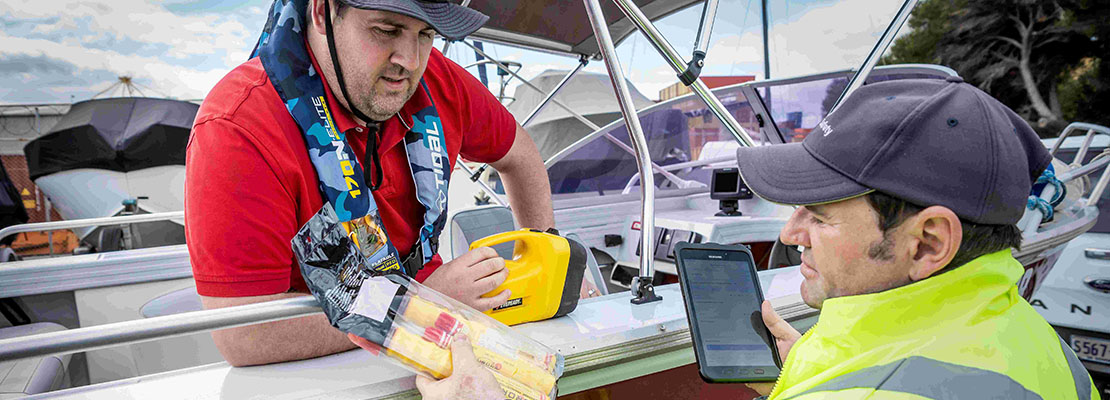Emergency marine communications

This page has all the information you need to know in case you need to contact someone to let them know you are in trouble out on the water.
Before going out follow these steps and hopefully you won’t have to use your emergency marine communications:
Flares
Flares must be carried on boats operating in both semi-protected and un-protected waters. Learn how and when to use them in an emergency.
EPIRB – Emergency position indicating radio beacon
Small electronic device that helps search and rescue find people in distress on the water.
Marine Radio
Designed for the marine environment. Learn how and when to use one.
More information about emergency marine communications:
- Find your safety gear in 30 seconds - Put a lifejacket on, grab your flares, make a radio call. See how easy it’s done. Safety gear is only helpful if accessible in an emergency.
Watch these videos to see how to use flares and EPIRBS.








